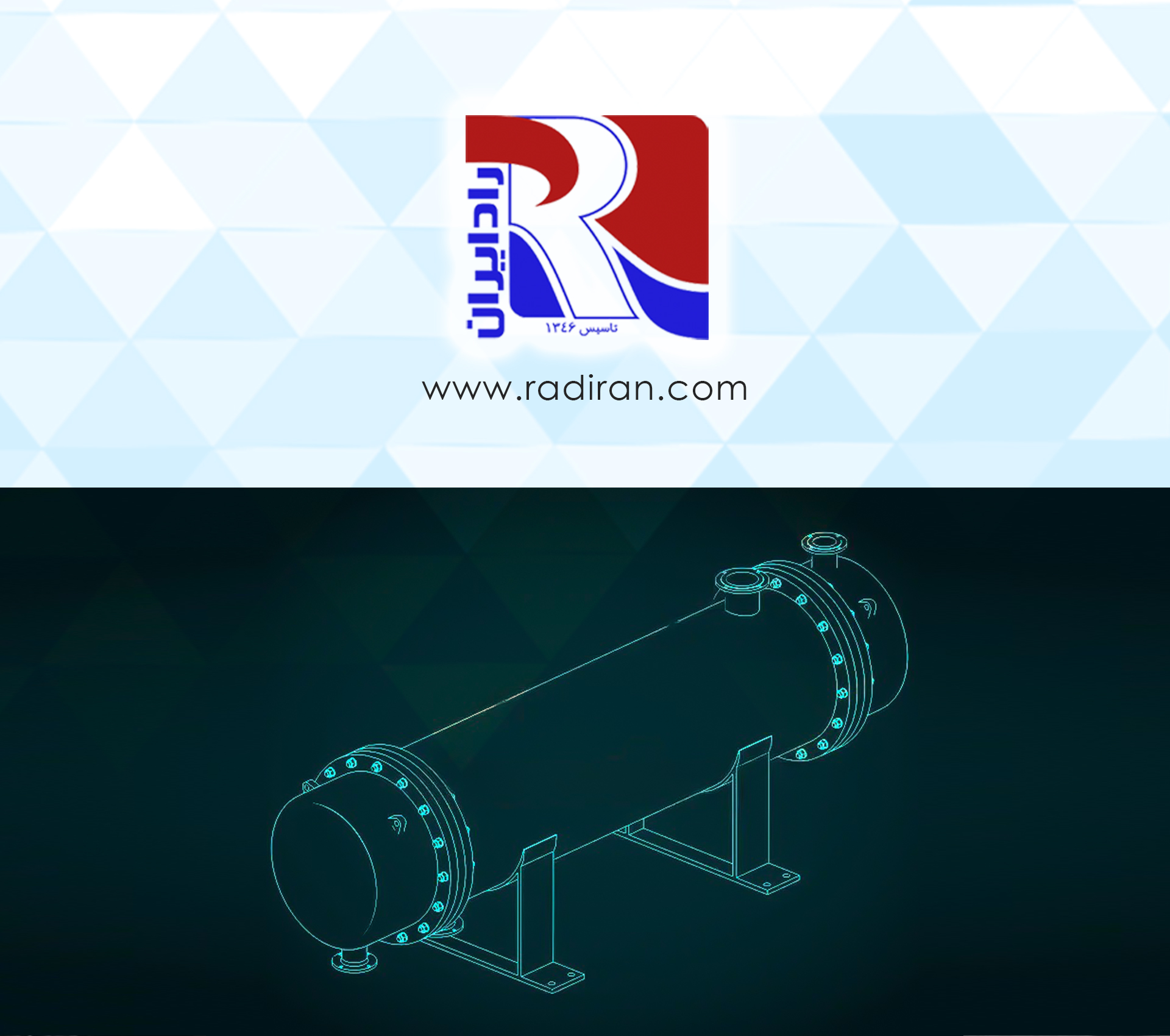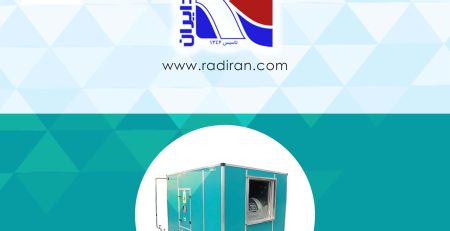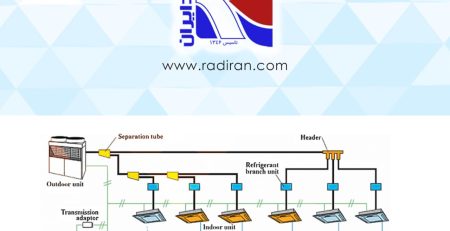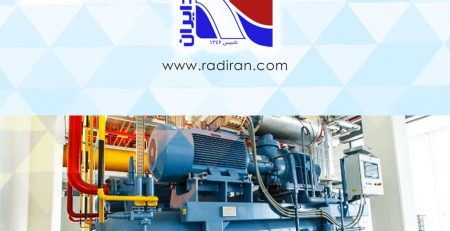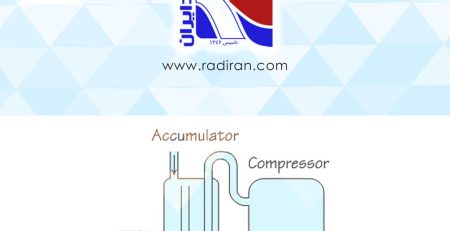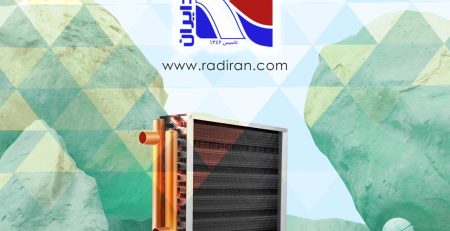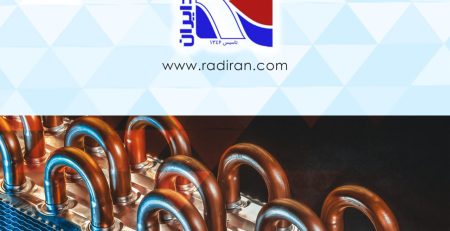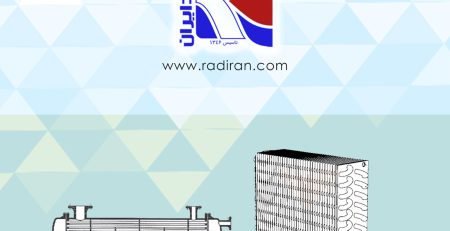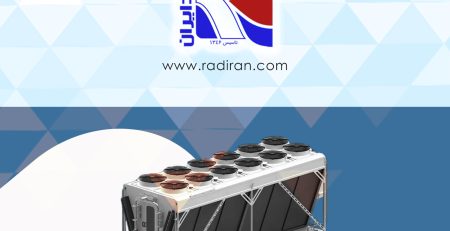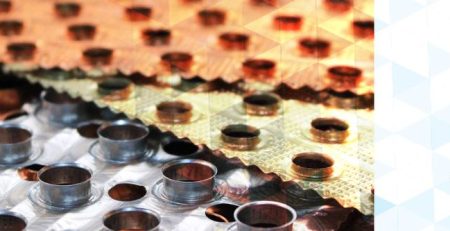Acid Cleaning Process for Shell-and-Tube Condensers with Copper Tubes and Carbon Steel Shells in Water-Cooled Reciprocating Chillers
Introduction
Shell-and-tube condensers play a critical role in heat exchange and refrigerant condensation in water-cooled reciprocating chillers. Typically, their tubes are made of copper and the shell is made of carbon steel. Over time, deposits, corrosion products, and sludge accumulate inside the tubes, reducing heat transfer efficiency. Acid cleaning is an effective method to remove these fouling materials and restore performance. This article outlines a complete and technical step-by-step procedure for acid cleaning such condensers.
Materials and Equipment Required
- Suitable acid (commonly diluted sulfuric acid or hydrochloric acid for metal scale and deposits)
- Corrosion inhibitors specifically for copper and carbon steel
- Acid circulation pump
- Personal protective equipment (PPE): gloves, goggles, mask
- Measurement tools for pH, temperature, flow, and pressure
- Deionized (DI) water for rinsing
- Acid storage tank and disposal equipment
Step-By-Step Acid Cleaning Procedure
- Condenser Preparation
- Shut down the chiller system completely and disconnect power sources.
- Drain all water and fluids from the shell and tubes.
- Open inspection ports and visually assess the internal condition for fouling and corrosion levels.
- Isolate the condenser from the rest of the system to prevent contamination.
- Selection of Acid Type and Cleaning Solution
- Based on tube material (copper) and shell (carbon steel), and the type of deposits, choose the appropriate acid:
- For oxide and calcium scale: dilute hydrochloric acid (1-2%) with corrosion inhibitors for copper and steel.
- For alkaline or organic deposits: dilute sulfuric acid or other specialty acids may be used.
- Add corrosion inhibitors to the acid solution to prevent excessive metal attack.
- Loading Acid Solution into the Condenser
- Fill the condenser completely with the diluted acid plus corrosion inhibitor solution.
- Ensure all tubes and shell parts are fully wetted and air pockets are removed.
- Close all openings tightly to prevent leaks.
- Acid Circulation
- Start the acid circulation pump at a controlled flow rate (typically 1-3 m/s velocity inside tubes).
- Maintain the temperature in the 30-50°C range depending on acid type and manufacturer recommendations.
- Circulate the acid for a specified duration (usually 1 to 4 hours) depending on fouling severity.
- Continuously monitor pH, temperature, and pressure parameters to maintain optimal cleaning conditions.
- Draining and Rinsing the Condenser
- Drain the acid solution fully into a designated storage container.
- Thoroughly rinse the condenser using deionized or high-quality water to remove any acid residues.
- Repeat rinsing cycles until the outlet water reaches neutral pH (~7).
- Final Inspection and Testing
- Open inspection ports again for visual verification of cleaning success.
- Use ultrasonic thickness gauging (UT) to measure tube and shell thickness, checking for corrosion damage.
- Perform a hydrostatic pressure test to ensure mechanical integrity.
- Document the entire process including volumes and concentrations of chemicals used, conditions maintained, and results observed.
- System Restart
- Reconnect the condenser to the chiller system.
- Fill with cooling water or operating fluid.
- Power up the chiller and monitor condenser performance.
Important Safety and Operational Notes
Always use proper PPE when handling acids.
Correct selection and dosing of corrosion inhibitors is crucial to protect copper tubes and carbon steel shells.
Rigorous monitoring of chemical and physical parameters prevents excessive corrosion and mechanical damage.
Comply fully with environmental regulations for acid solution disposal.
Conclusion
Regular and properly executed acid cleaning of shell-and-tube condensers with copper tubes and carbon steel shells in water-cooled reciprocating chillers significantly improves heat transfer efficiency, reduces energy consumption, and prolongs equipment life. Strict adherence to the outlined steps and safety precautions ensures a safe, efficient, and successful cleaning operation.

